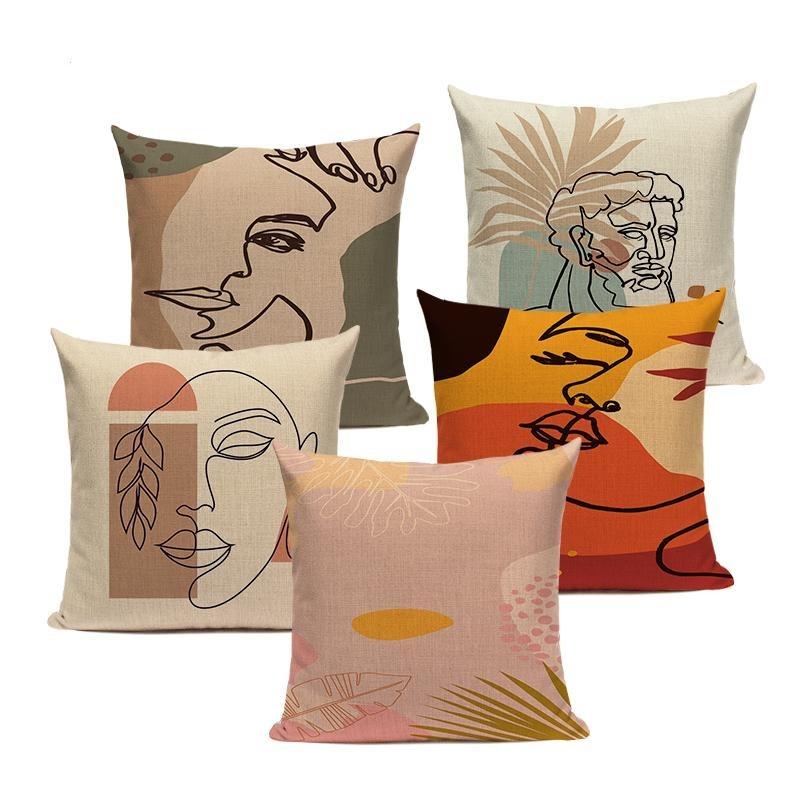The 6-Minute Rule for Unique Art
The 6-Minute Rule for Unique Art
Blog Article
Unique Art Can Be Fun For Anyone
Table of ContentsThe Buzz on Unique ArtThe Definitive Guide for Unique ArtThe Main Principles Of Unique Art Top Guidelines Of Unique Art
While one may discuss which art kind holds priority, the reality remains that each of these seven types provides a special window into human background, society, and development. They are the tapestries that chronicle our journey, reminding us of our past while inspiring visions for the future.Excellent art work tells a tale, makes individuals look twice, and creates a special experience that can't be matched. Art and pictures communicate every one of that with shade, shape and other design elements. Find out exactly how to make your one-of-a-kind art work stick out from the group.
3 Emil DervishIn this entranceway by Emil Dervish that stunning cobalt blue door takes the program. To bring a lot more drama, he prolonged the paint. to the doorframe and the wall surface up, completing in an arched form. The contours, along with a round sconce, soften the edges - Unique Art. After that structures classic posters and maps of cherished areas set the scene.
8 TRIA GIOVANEqual components grand and laidback, this foyer made by Anthony Baratta is the excellent plan to follow if you're decorating an official entryway that still feels unfussy and comfortable. Patterned fabrics take facility stage (see the carpets and the couch), but they likewise assist bring the high ceilings down to a human scale when hung over wallpaper.
The Buzz on Unique Art
18 Heidi Caillier DesignA gallery wall doesn't require to take up the whole space. Sometimes a small one can make a bigger style declaration. In this living area, Hiedi Caillier selected micro-mini frames and an arbitrary composition. Promotion - Continue Reading Below19 Stephen Kent JohnsonDesigner Juan Carretero selected a deep environment-friendly paint shade to comparison with the light timber coatings.
, the expression of concepts and emotions, with the production of specific visual top qualities, in a two-dimensional aesthetic language. The aspects of this languageits forms, lines, colours, tones, and texturesare used in various means to generate experiences of quantity, room, activity, and light on a level surface area. These aspects are combined into expressive patterns in order to represent real or supernatural sensations, to analyze a narrative motif, or to produce entirely abstract aesthetic partnerships.
Later the notion of the "great musician" created in Asia and Renaissance Europe. Throughout the 19th century painters in Western societies began to lose their social placement and safe and secure patronage.
Everything about Unique Art
Others gained an income through exploring exhibitions of their job. The need to attract a marketplace had actually replaced the similar (if much less impersonal) needs of patronage, and its effect on the art itself was possibly comparable as well. Unique Art. Typically, artists in the 20th century could reach an audience only via commercial galleries and public museums, although their job may have been periodically replicated in art periodicals
For the background of paint in old Egypt, see Egyptian art and architecture. The advancement of paint in various regions is dealt with in a number of short articles: Western paint; African art; Main Eastern arts; Chinese painting; Islamic arts; Japanese art; Oriental art; Native American art; Nautical art and architecture; South Eastern arts; Southeast Asian arts. For a discussion of the bogus of artworks, This Site see imitation. For a discussion of the function of painting and various other arts this link in religious beliefs, along with of using spiritual signs in art, see religious importance and iconography. For details on other arts associated with painting, see write-ups such as drawing; people art; printmaking. , even when a painting's narrative symbolism is unknown.
Don't replicate the design of various other artists if you're trying to find your style. Copying other people's artwork can be fantastic in educational purposes yet it will certainly not make you closer to locating your own special style. Your creative style has to be, what you like and what influences you.

The Main Principles Of Unique Art
You require to try whole lots of different choices and explore everything before you can concentrate on one particular style or you'll be burnt out, or worse, you'll despise your very own design. So I suggest you to try every topic that you have an interest in, discover as much as you can. Try different mediums that excite you and new strategies you have actually never tried before.
With time you'll be able to sort every one of them right into your favorite and least favored groups. Try to concentrate your focus on the topics and tools that you like and prior to you see it coming you'll have your own individual and special style, like nobody else have! So in the end you'll have a couple of favored topics to repaint and maybe a few favorite mediums.

Report this page